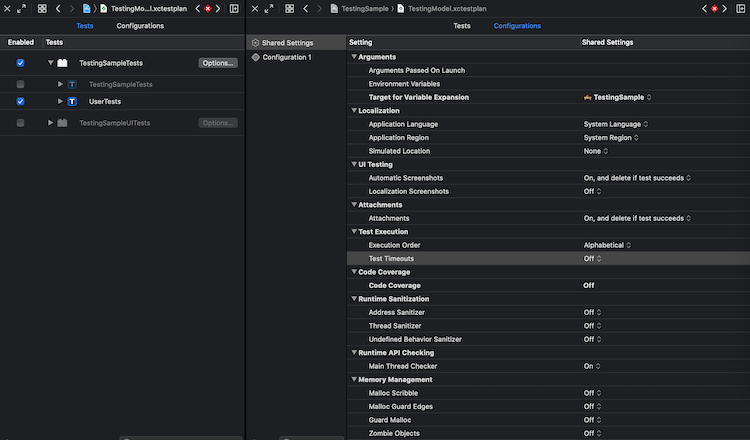
Streamlining Your Testing Process for Efficiency
In the fast-paced world of software development, ensuring the reliability and functionality of code is paramount. Code testing plays a crucial role in this process, helping developers identify and rectify issues before they reach the end-users. Let’s explore some valuable tips to streamline your code testing process for optimal efficiency.
1. Start with a Clear Testing Strategy
A well-defined testing strategy is the foundation of successful code testing. Before diving into the testing phase, outline a clear strategy that includes the types of tests you’ll perform, the tools you’ll use, and the criteria for success. This initial planning helps set the direction for the entire testing process.
2. Emphasize Unit Testing
Unit testing involves evaluating individual components of code in isolation. By testing each unit independently, developers can identify and fix bugs early in the development cycle. This not only enhances the overall code quality but also makes it easier to pinpoint and address issues as they arise.
3. Leverage Automated Testing
Automation is a key element in efficient code testing. Automated tests can be repeatedly executed without manual intervention, saving time and resources. Tools like Selenium for web applications or JUnit for Java can automate various testing scenarios, allowing developers to focus on more complex and critical aspects of code development.
4. Prioritize Continuous Integration
Integrating code changes regularly and consistently is essential for detecting integration issues early in the development process. Continuous Integration (CI) practices, coupled with automated testing, ensure that new code is seamlessly integrated into the existing codebase, reducing the likelihood of conflicts and bugs.
5. Perform Regression Testing
As code evolves, new features may inadvertently introduce issues in existing functionalities. Regression testing helps ensure that modifications do not negatively impact the overall system by retesting previously validated code. This ongoing validation is crucial for maintaining the stability of the software.
6. Establish Clear Documentation
Documenting your testing process is often overlooked but is crucial for knowledge transfer and future reference. Comprehensive documentation should include test cases, testing methodologies, and any challenges encountered during the testing phase. This transparency facilitates collaboration among team members and aids in troubleshooting.
7. Conduct Code Reviews
Code reviews are not only beneficial for improving code quality but also for identifying potential issues before testing. Encourage a collaborative environment where team members can provide constructive feedback on each other’s code. This proactive approach helps catch issues early and fosters a culture of continuous improvement.
8. Simulate Real-World Scenarios
Real-world scenarios can be complex, and it’s essential to ensure that your code performs as expected in these conditions. Simulate realistic user interactions, data loads, and network conditions during testing. This approach helps uncover potential performance bottlenecks and ensures your software functions reliably in diverse environments.
9. Monitor and Analyze Test Results
Regularly monitor and analyze test results to gain insights into the health of your codebase. Identify patterns, trends, and recurring issues to address them proactively. Tools like Jira or TestRail can assist in tracking and managing test cases, making it easier to interpret and act upon test results.
10. Embrace a Culture of Testing
Finally, instill a culture of testing within your development team. Encourage collaboration, knowledge sharing, and a shared responsibility for code quality. A collective commitment to testing as an integral part of the development process will contribute to the overall success of your software projects.
In conclusion, implementing these code testing tips will undoubtedly contribute to a more efficient and reliable development process. Remember that testing is not a one-time activity but an ongoing effort to ensure the continued success of your software projects.
For more insights on Code Testing Tips, check out boydmillerwebdesign.com.



![Average Renovation Costs in [Your Location] Average Renovation Costs in [Your Location]](https://images.unsplash.com/photo-1517103278237-421a1cb020fa?fm=jpg&q=60&w=3000&ixlib=rb-4.0.3&ixid=M3wxMjA3fDB8MHxzZWFyY2h8M3x8aG93JTIwbXVjaCUyMHJlbm92YXRpb24lMjBjb3N0fGVufDB8MHwwfHx8Mg%3D%3D)






